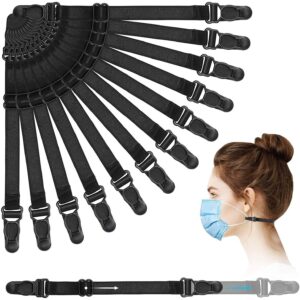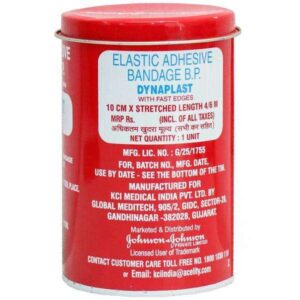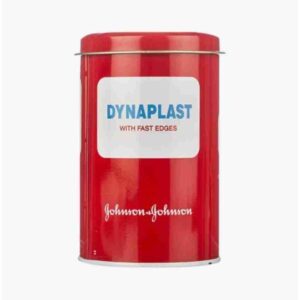DRESSINGS & RELATED PREPARATIONS
DRESSINGS & RELATED PREPARATIONS: DRESSINGS & RELATED PREPARATIONS refer to a class of medications used for wound management and wound healing. They are available in various forms, including gauze dressings, adhesive dressings, hydrocolloid dressings, and foam dressings.
These dressings serve multiple purposes such as promoting healing, preventing infection, and maintaining a moist environment for optimal wound healing. They provide a protective barrier for the wound, absorb exudate (fluid) from the wound, and facilitate the removal of dead tissue.
The specific mechanism of action of dressings and related preparations depends on the type of dressing used. For instance, hydrocolloid dressings form a gel-like substance when in contact with wound exudate, which helps to promote healing and maintain a moist environment. Foam dressings provide a cushioning effect and absorb excess fluid from the wound. Adhesive dressings are usually used for smaller wounds and provide a protective barrier against bacteria and foreign particles.
The dosage and frequency of use depend on the type and size of the wound, as well as the specific dressing being used. It is important to follow the instructions provided by the healthcare professional or the product label for proper usage.
Side effects of dressings and related preparations are generally minimal. However, some individuals may experience allergic reactions to the materials used in the dressing, such as adhesive allergies or skin irritation. If any signs of an allergic reaction, such as redness, swelling, or itching occur, the dressing should be removed immediately, and a healthcare professional should be consulted.
It is always advisable to consult with a healthcare professional or a wound care specialist for proper assessment and selection of dressings and related preparations, as different types of wounds may require specific types of dressings for optimal healing.



